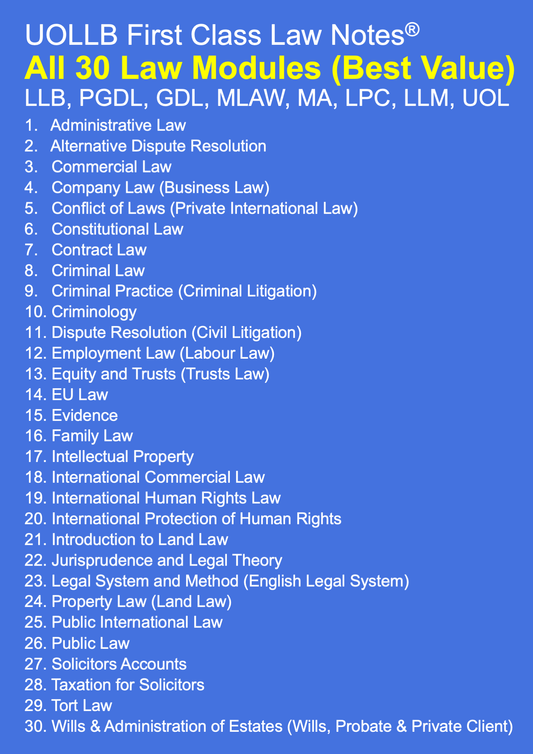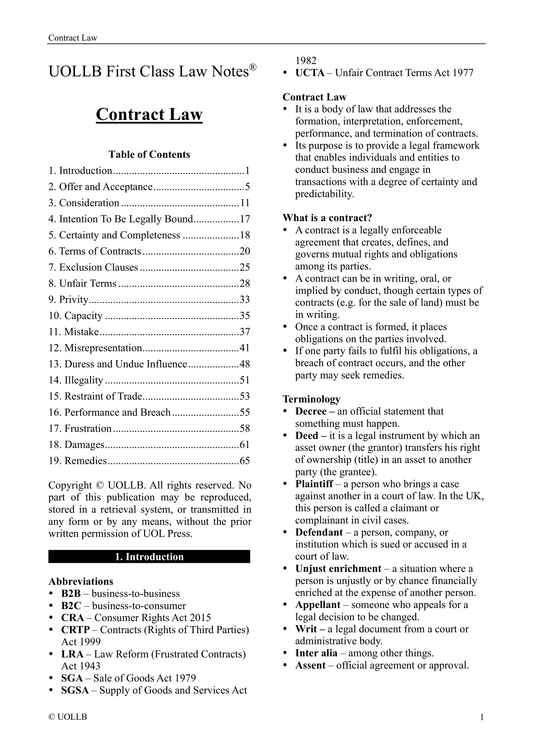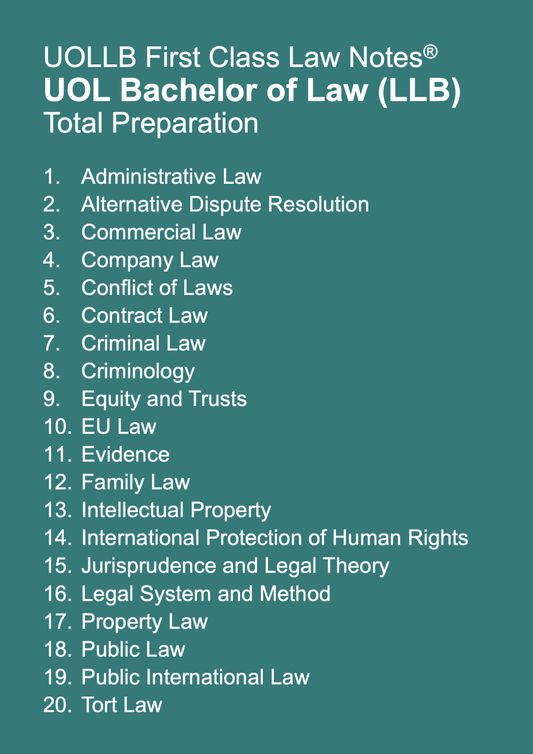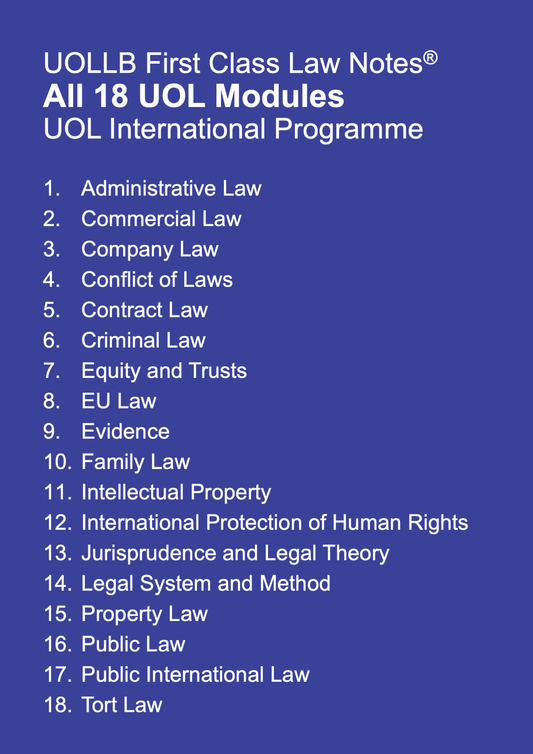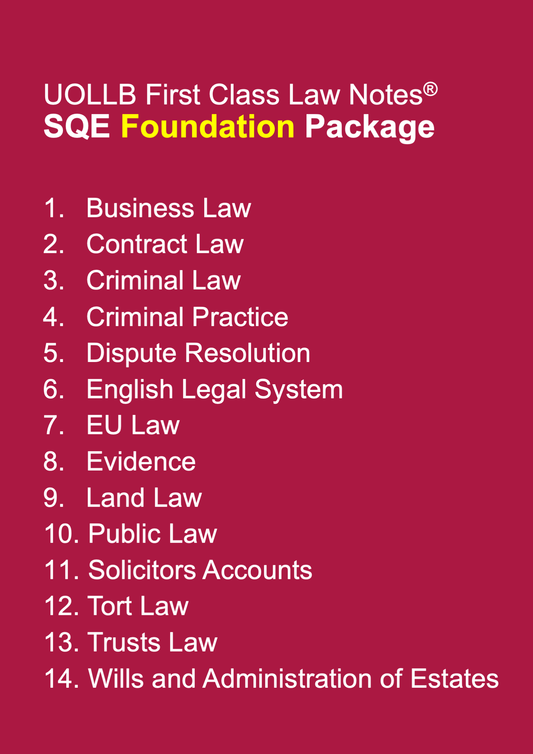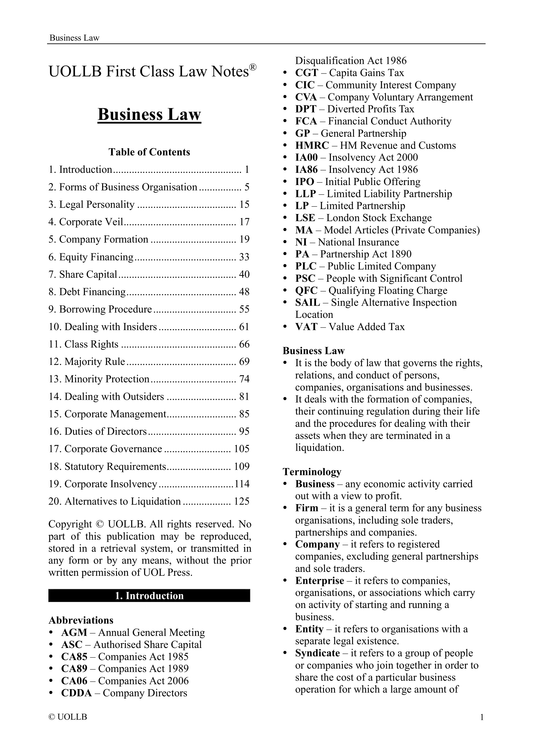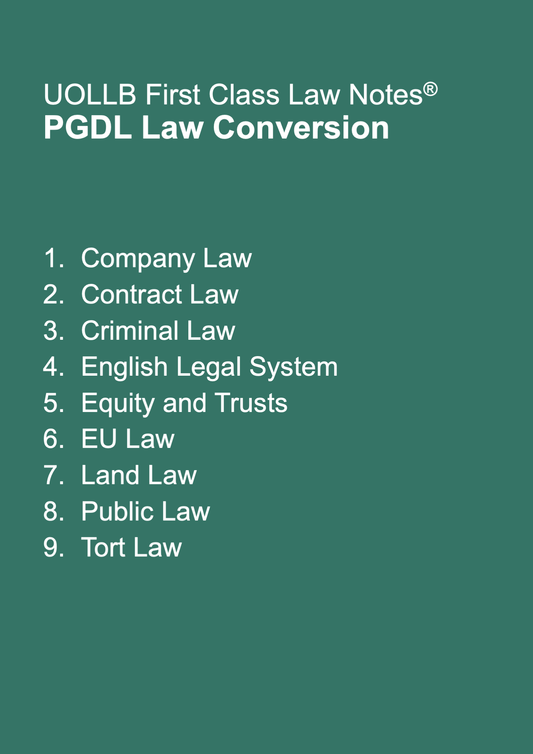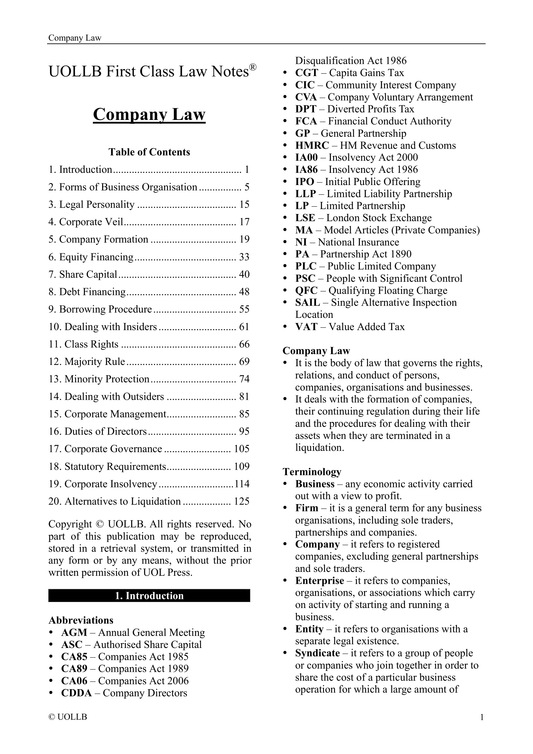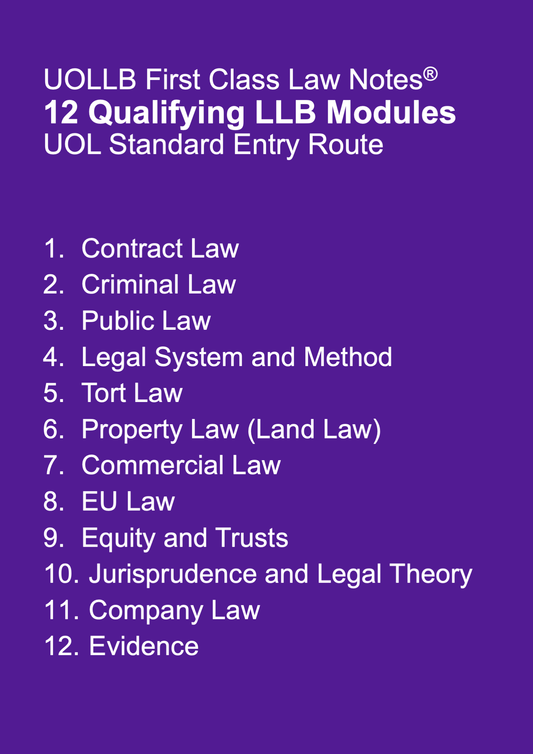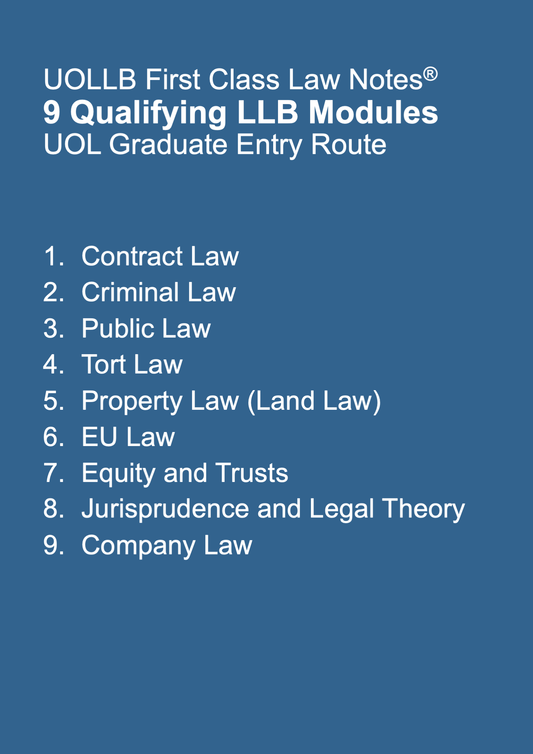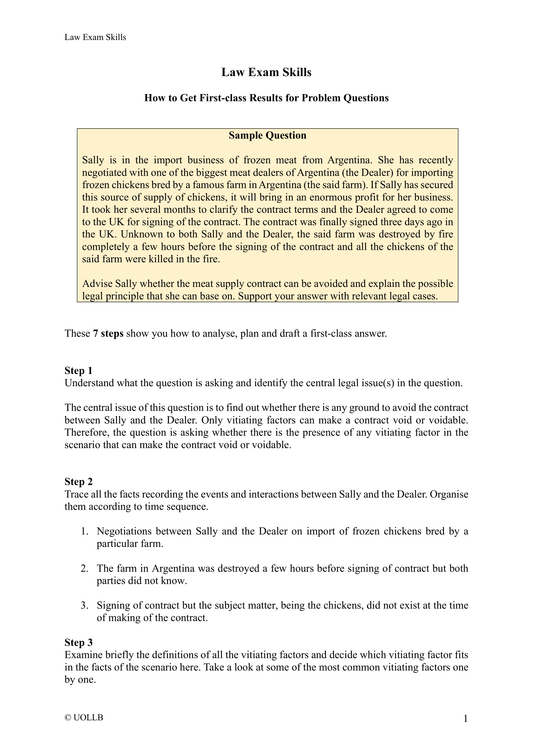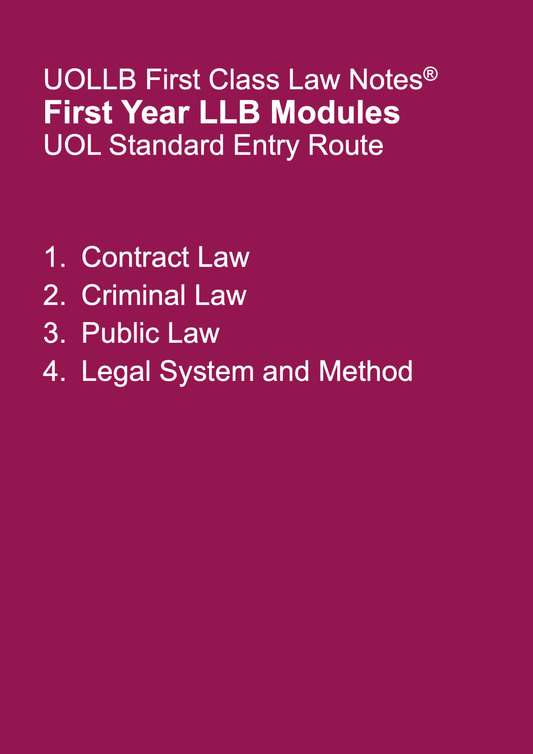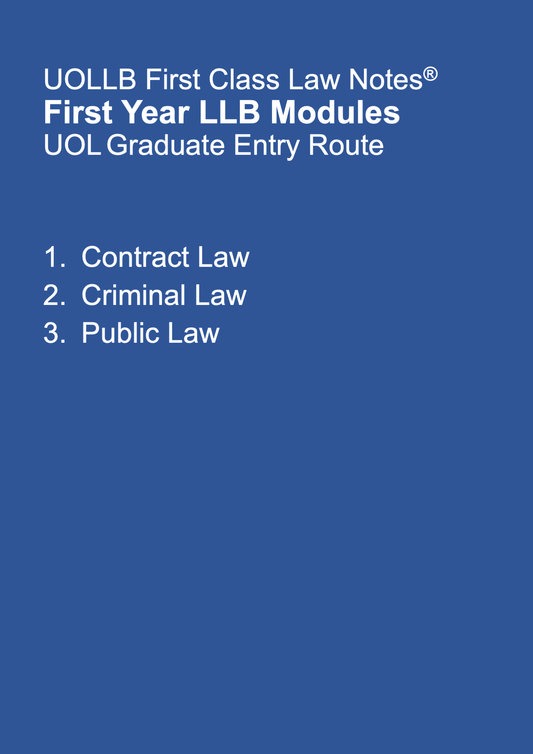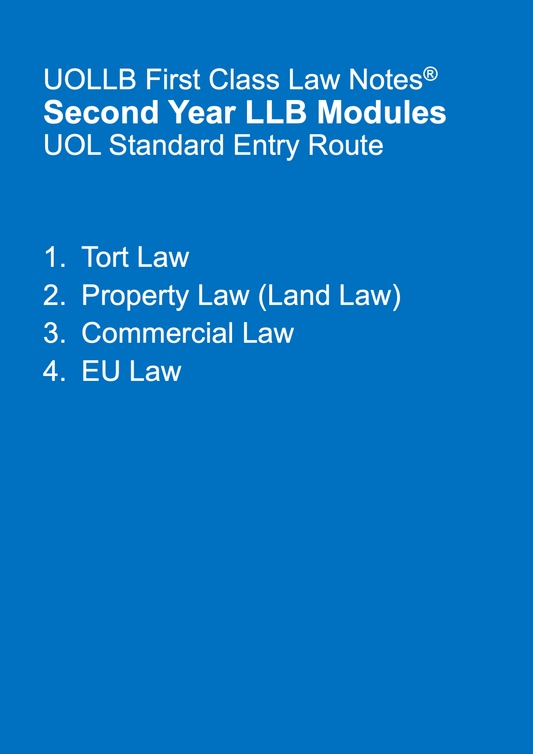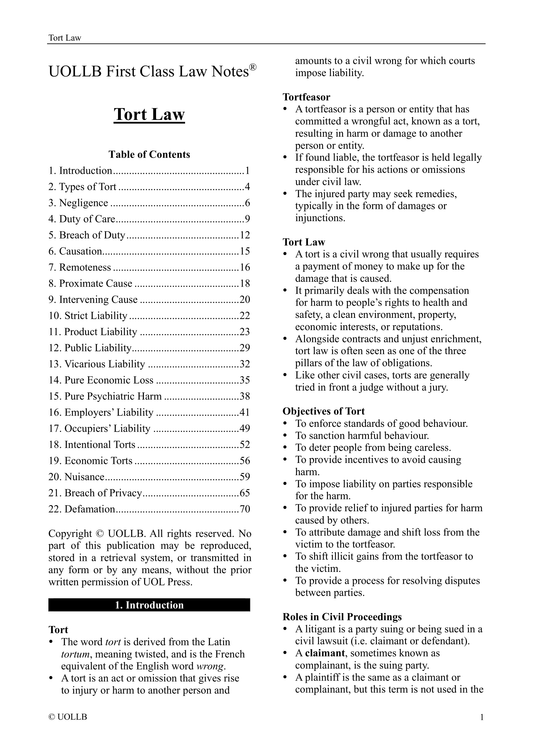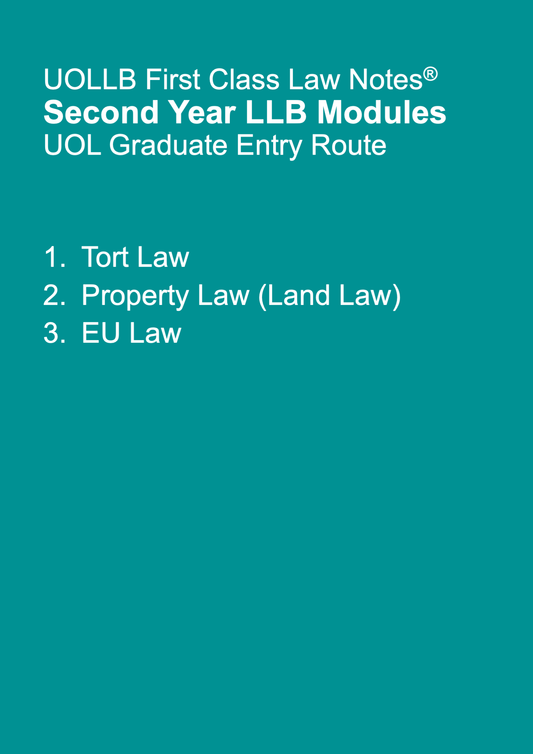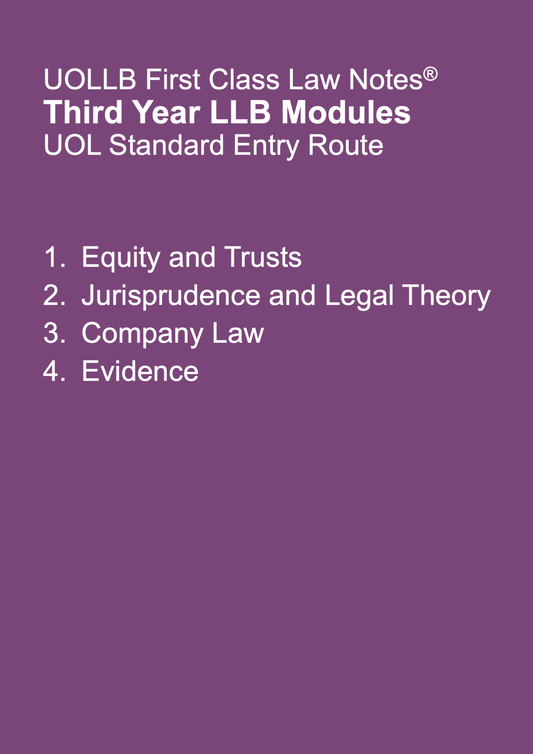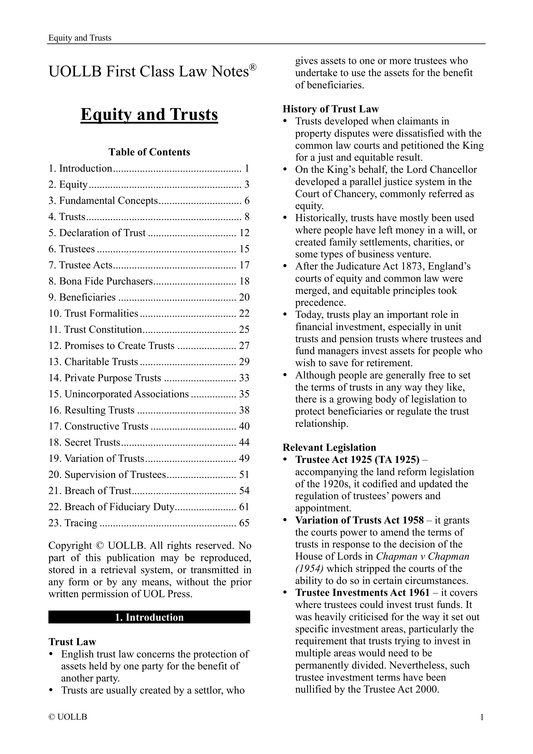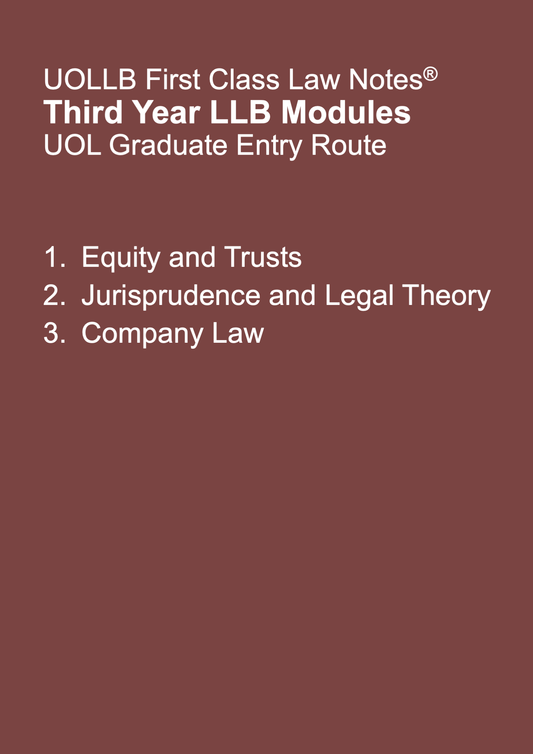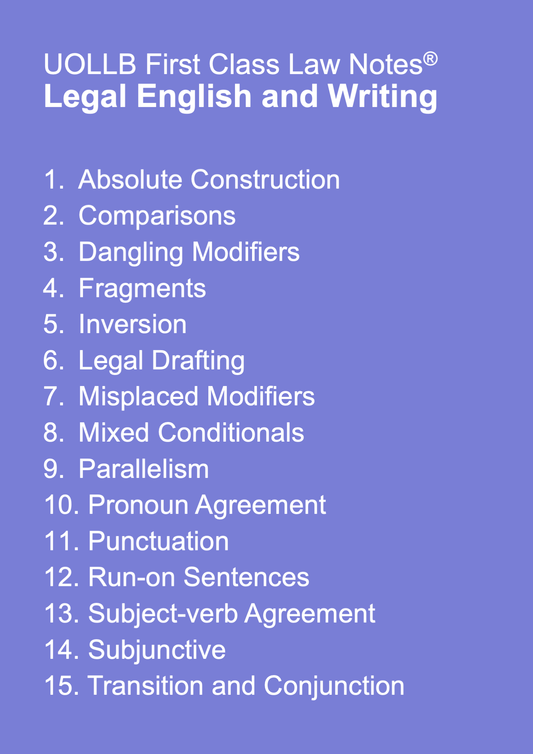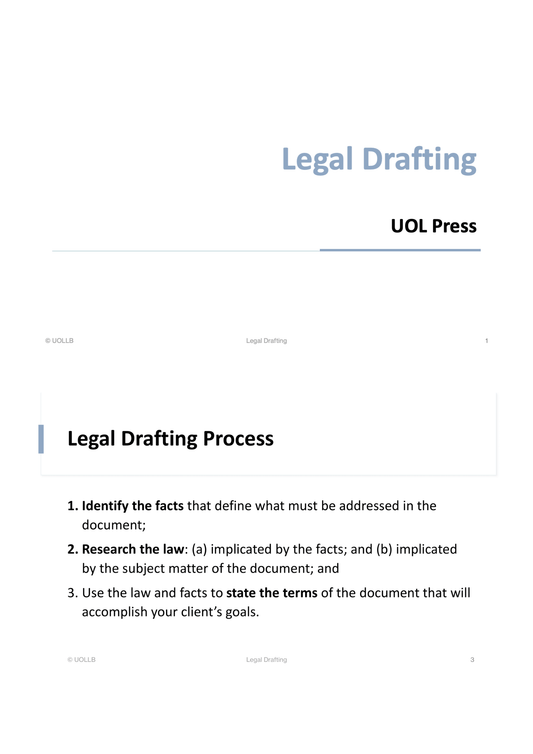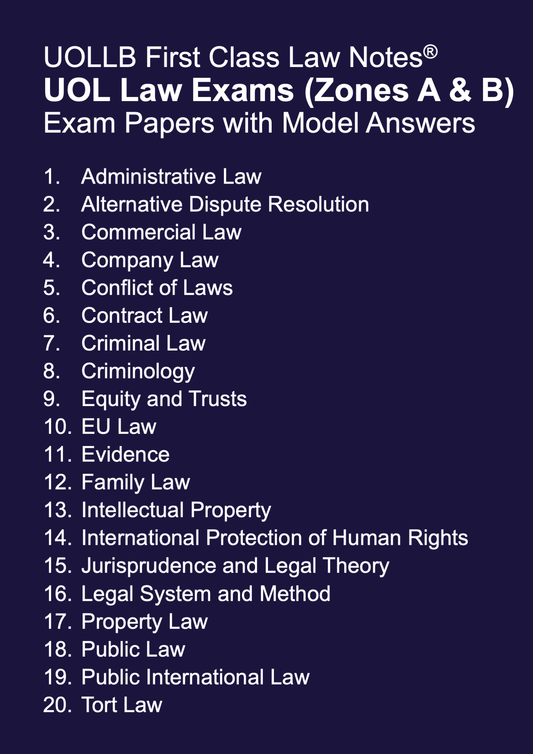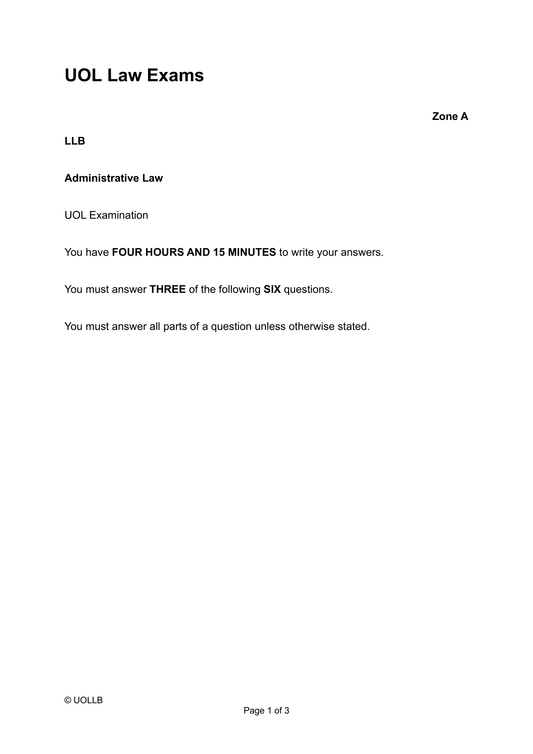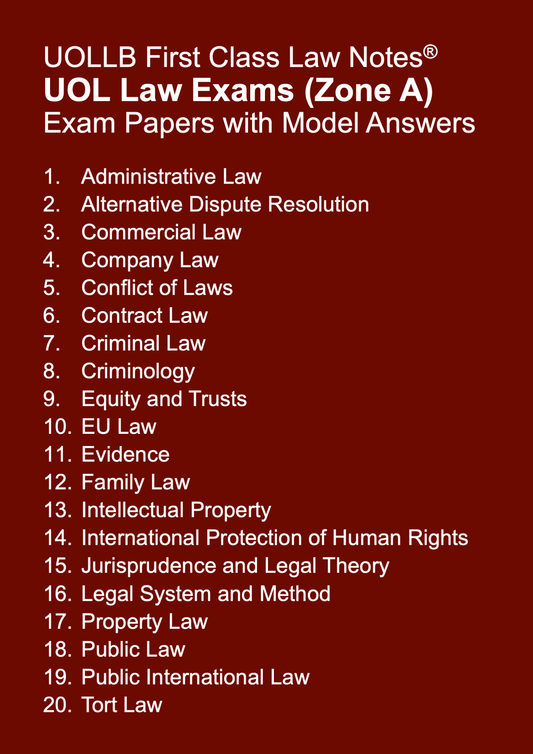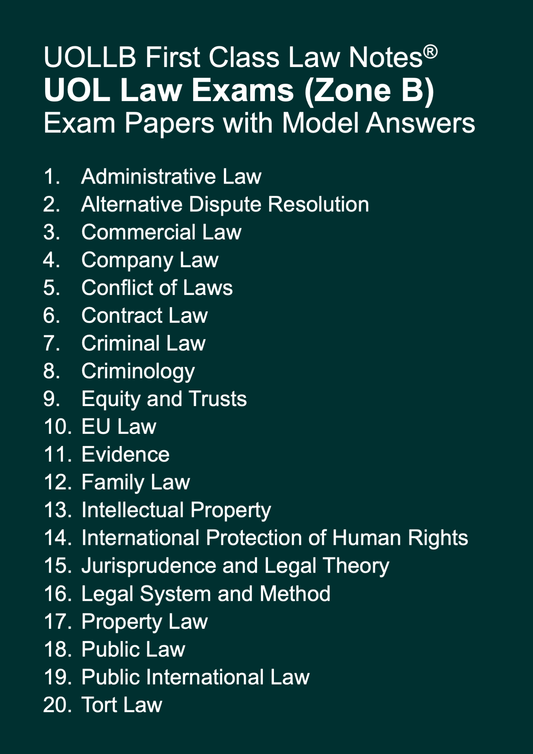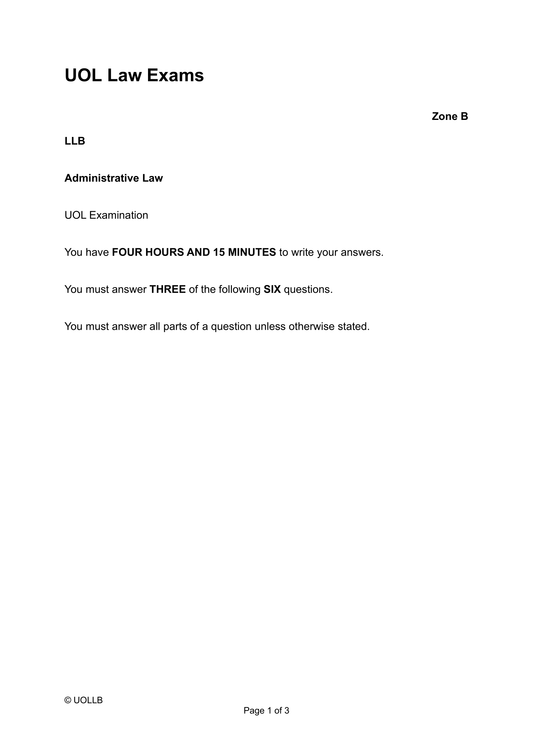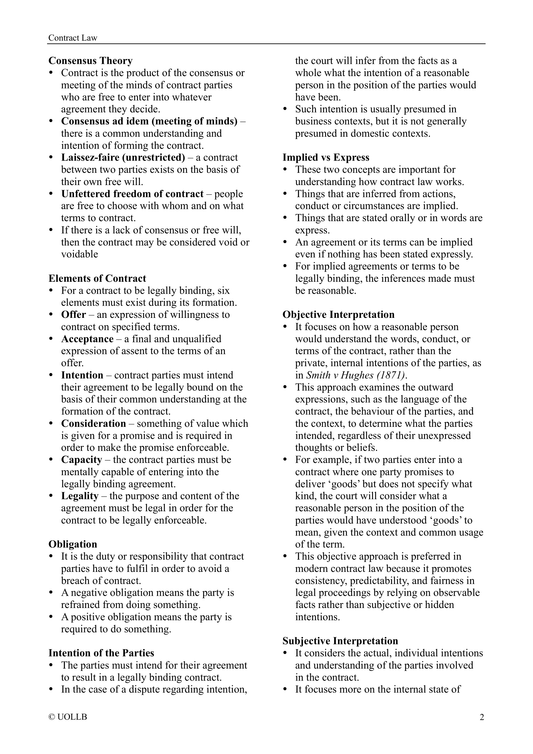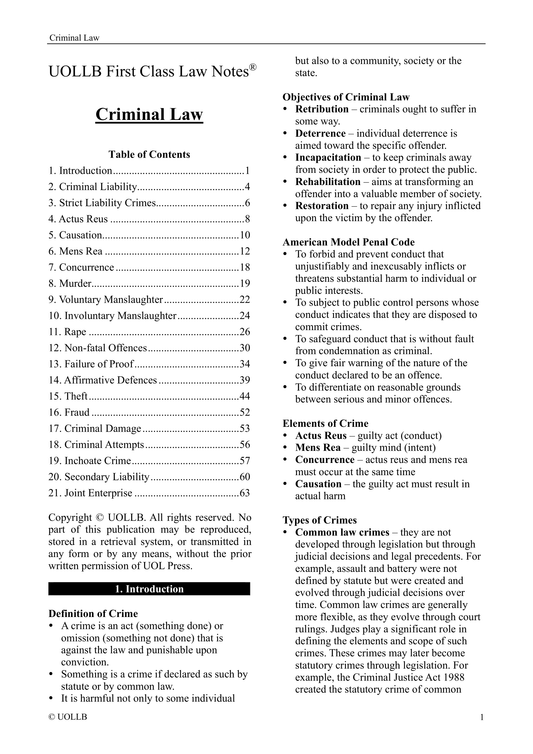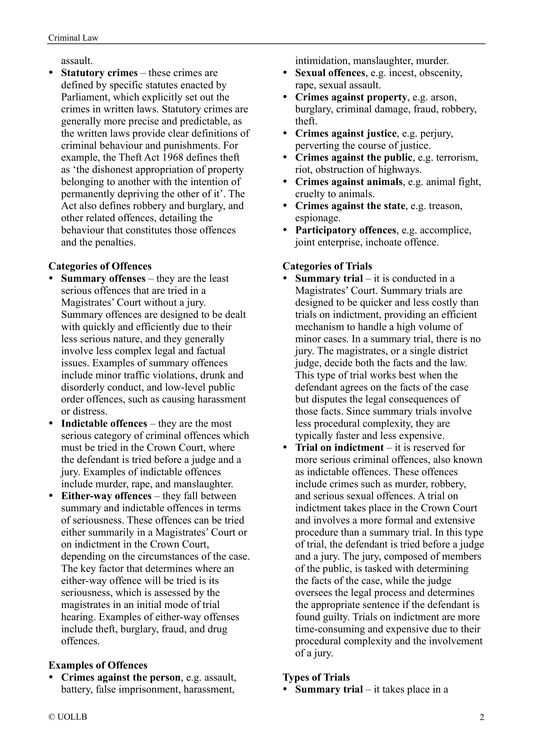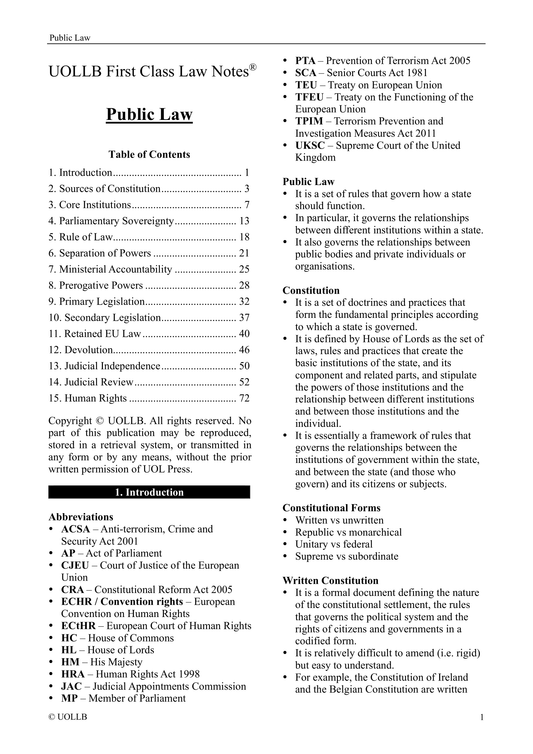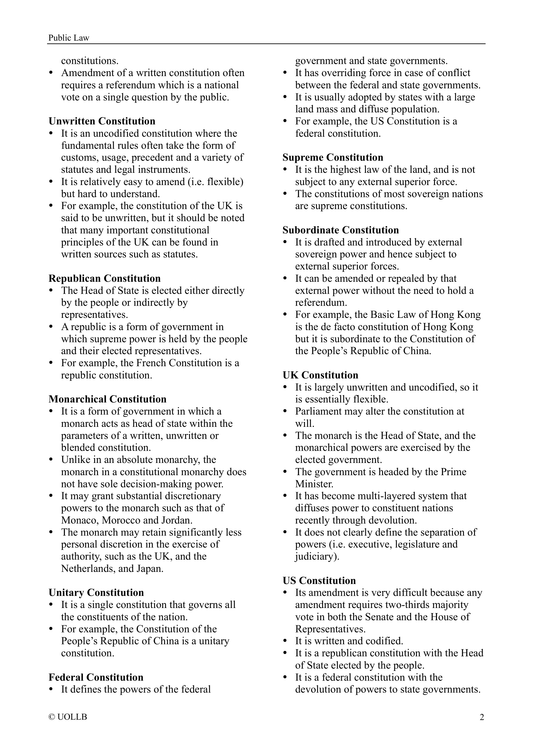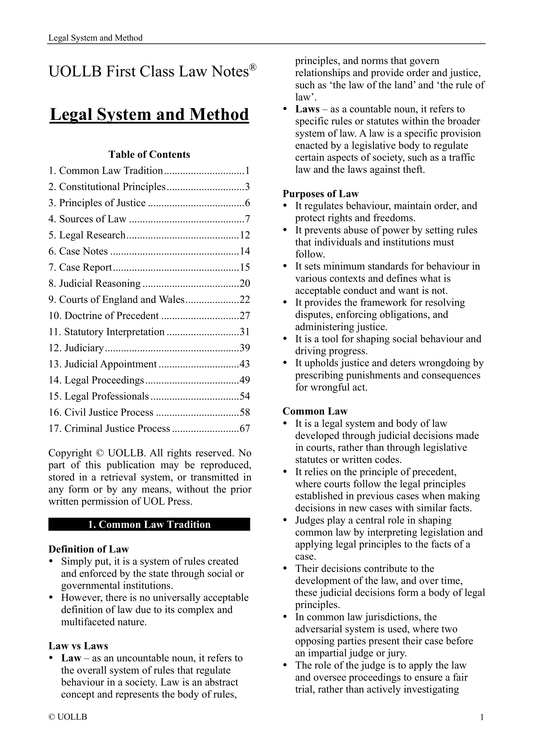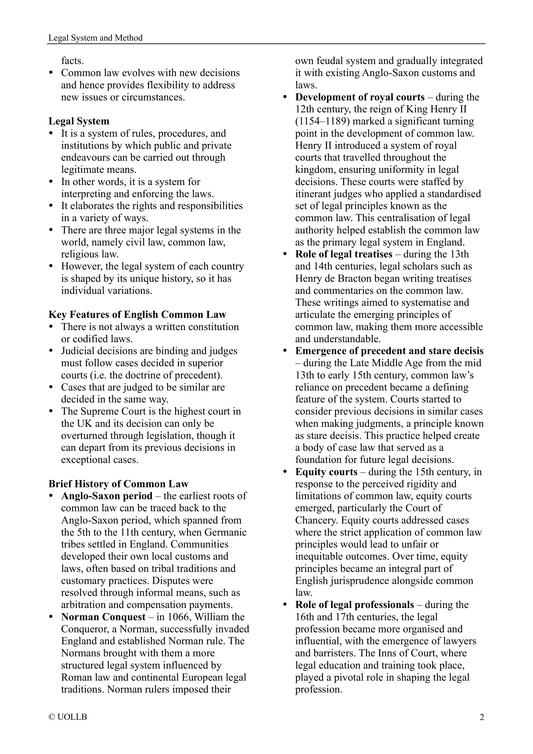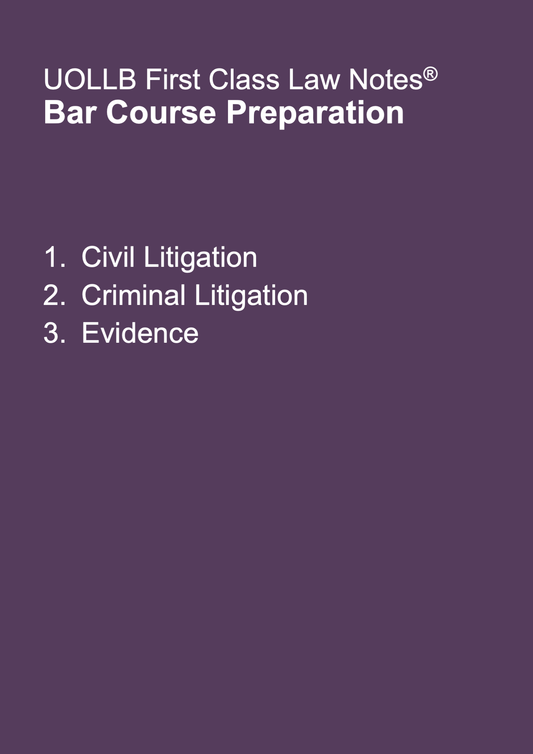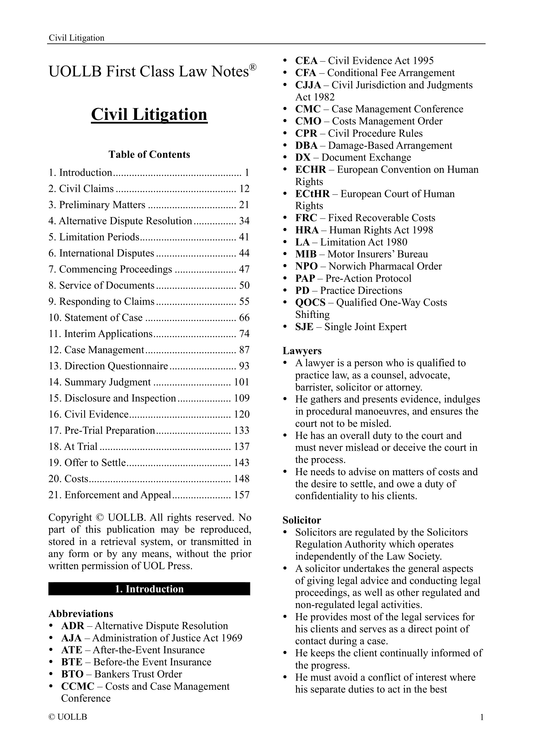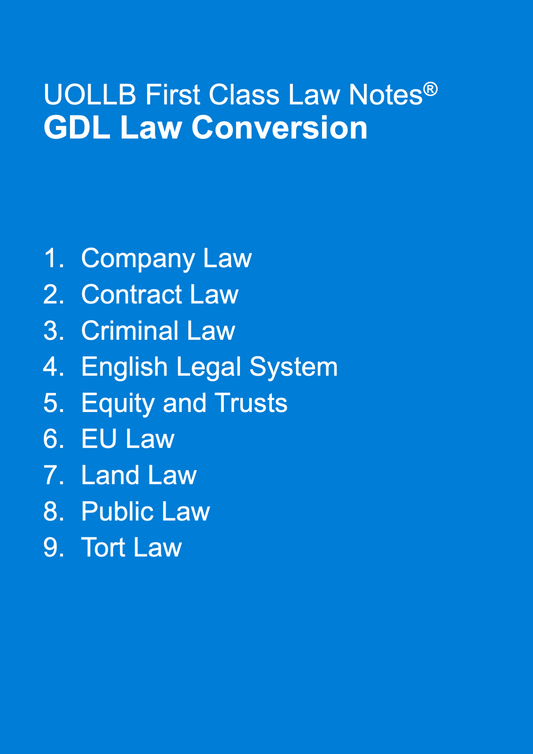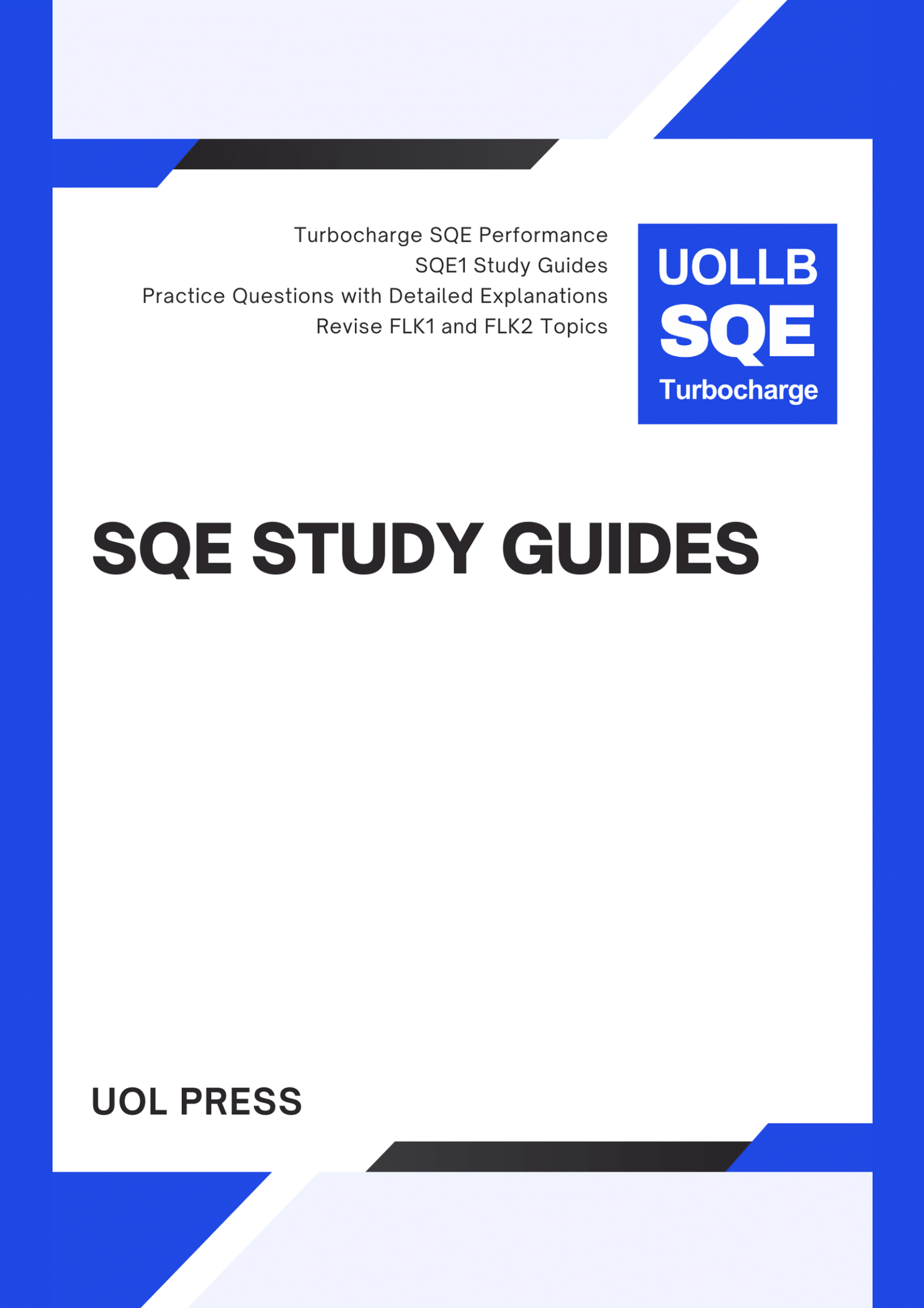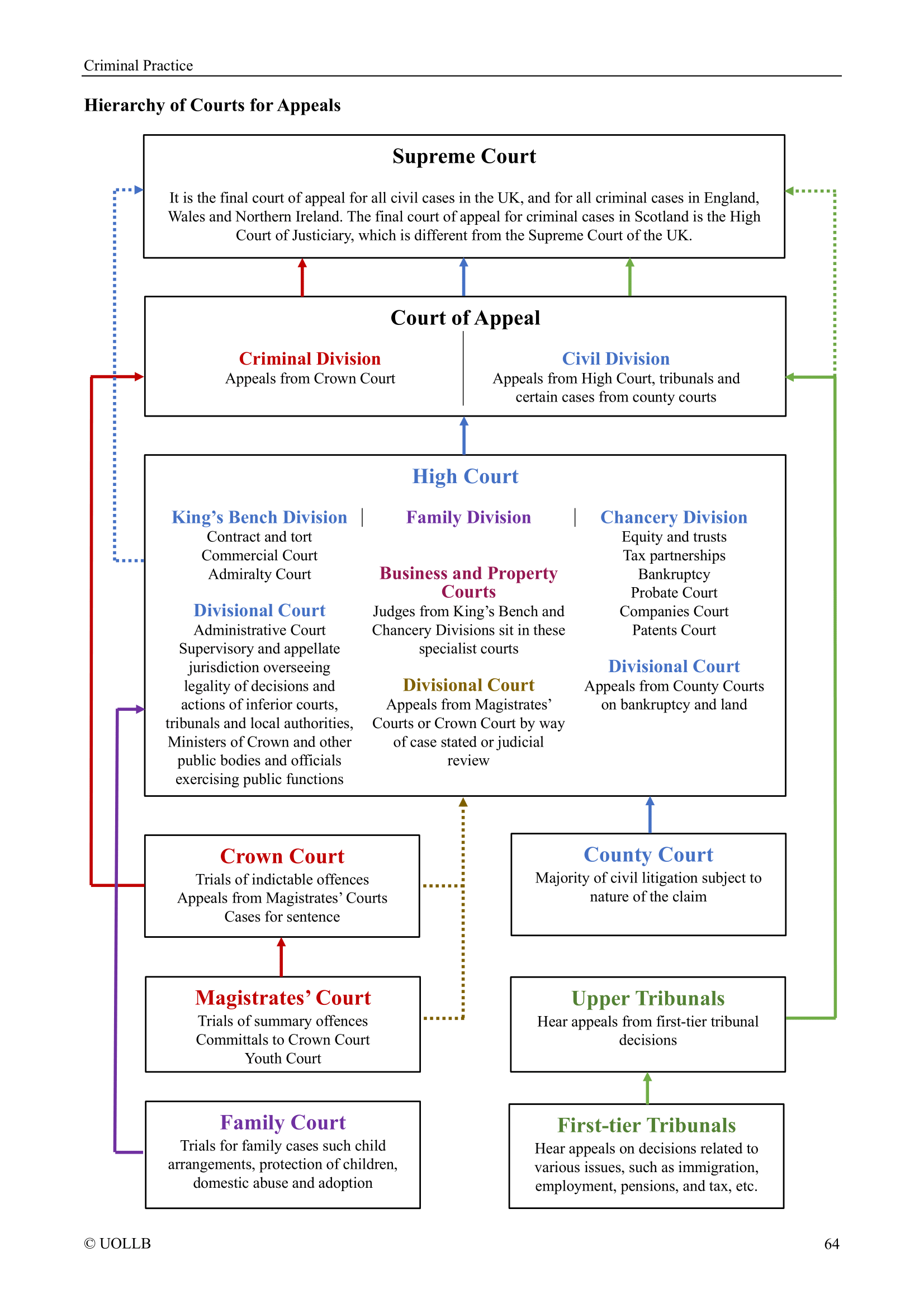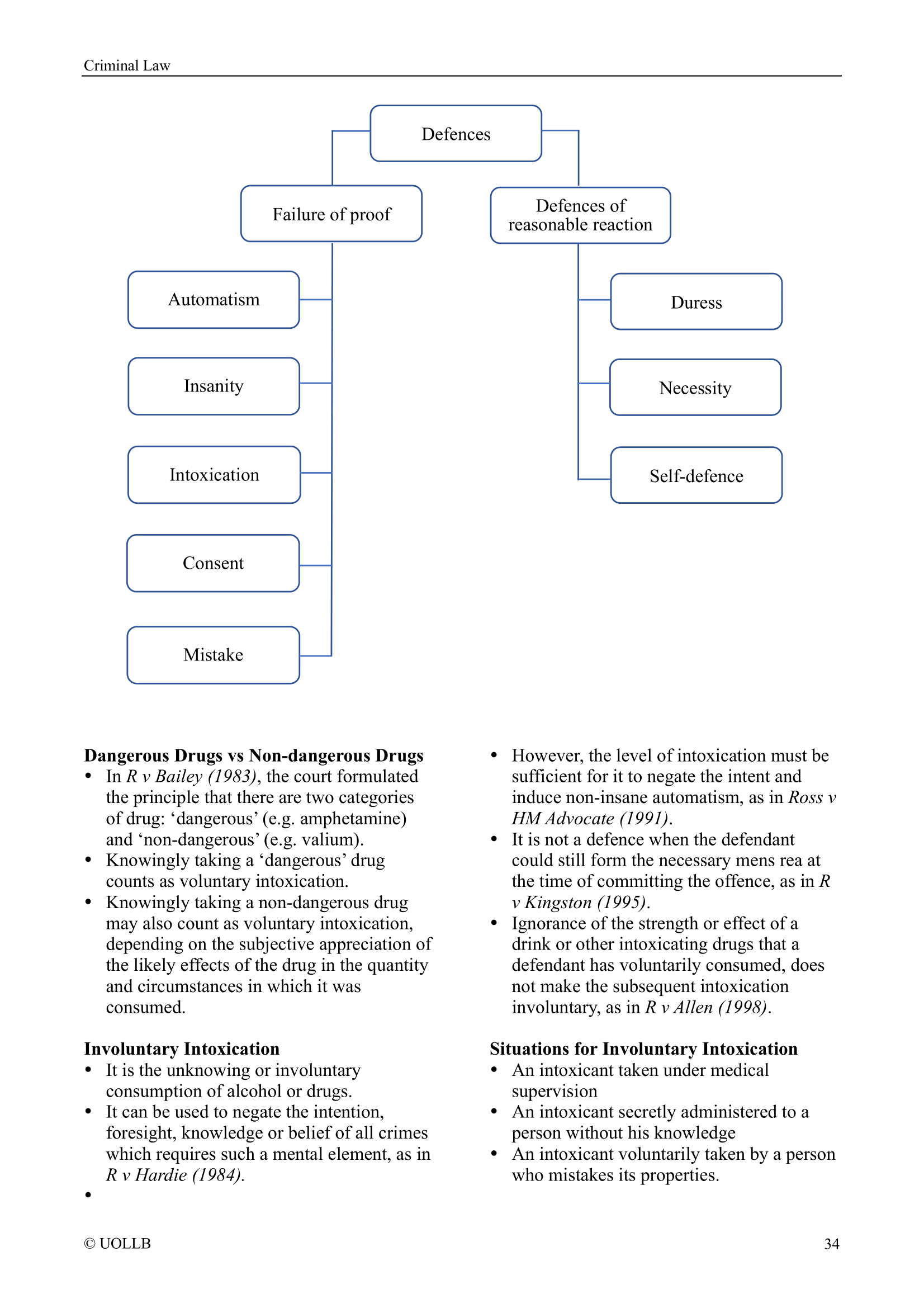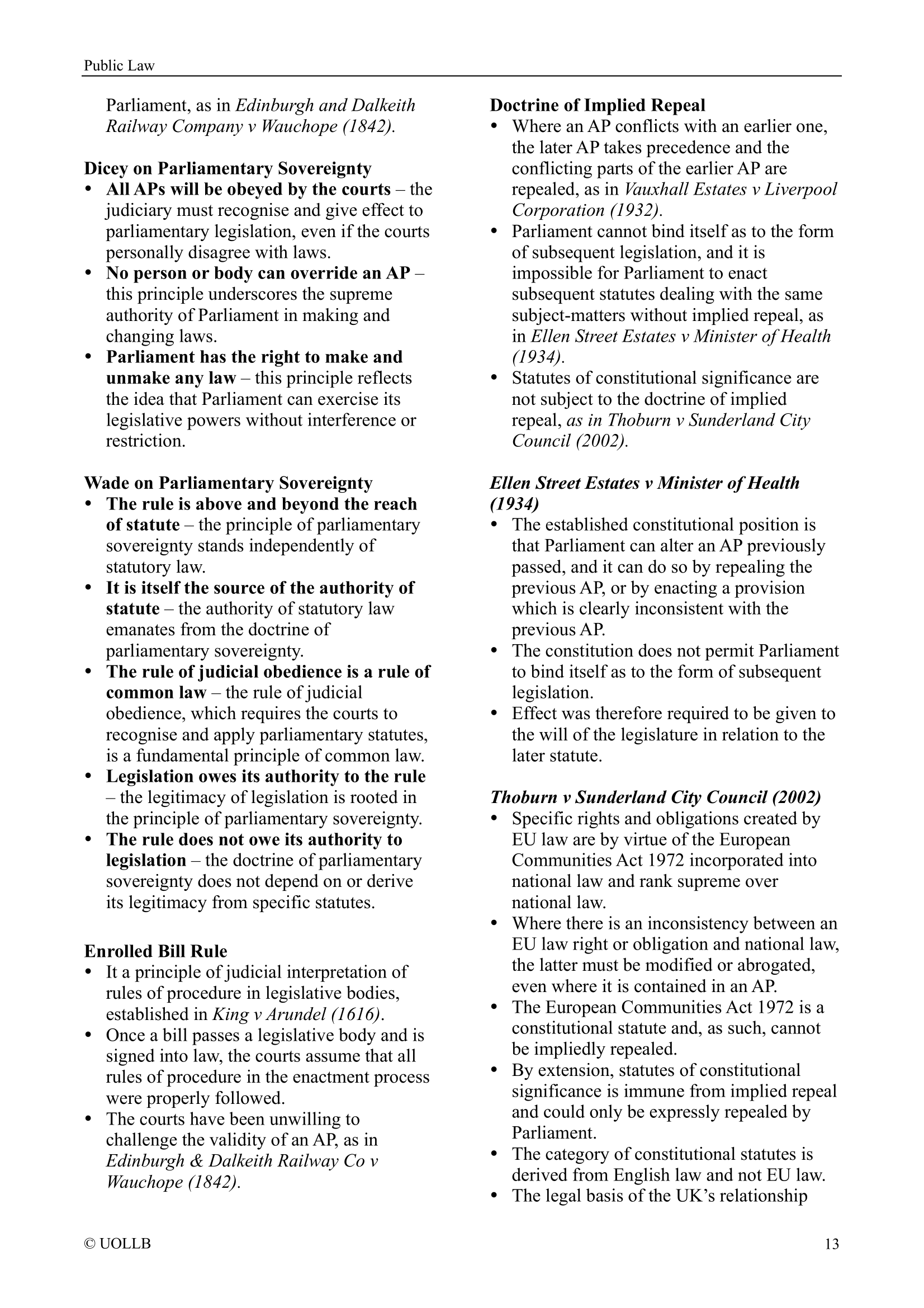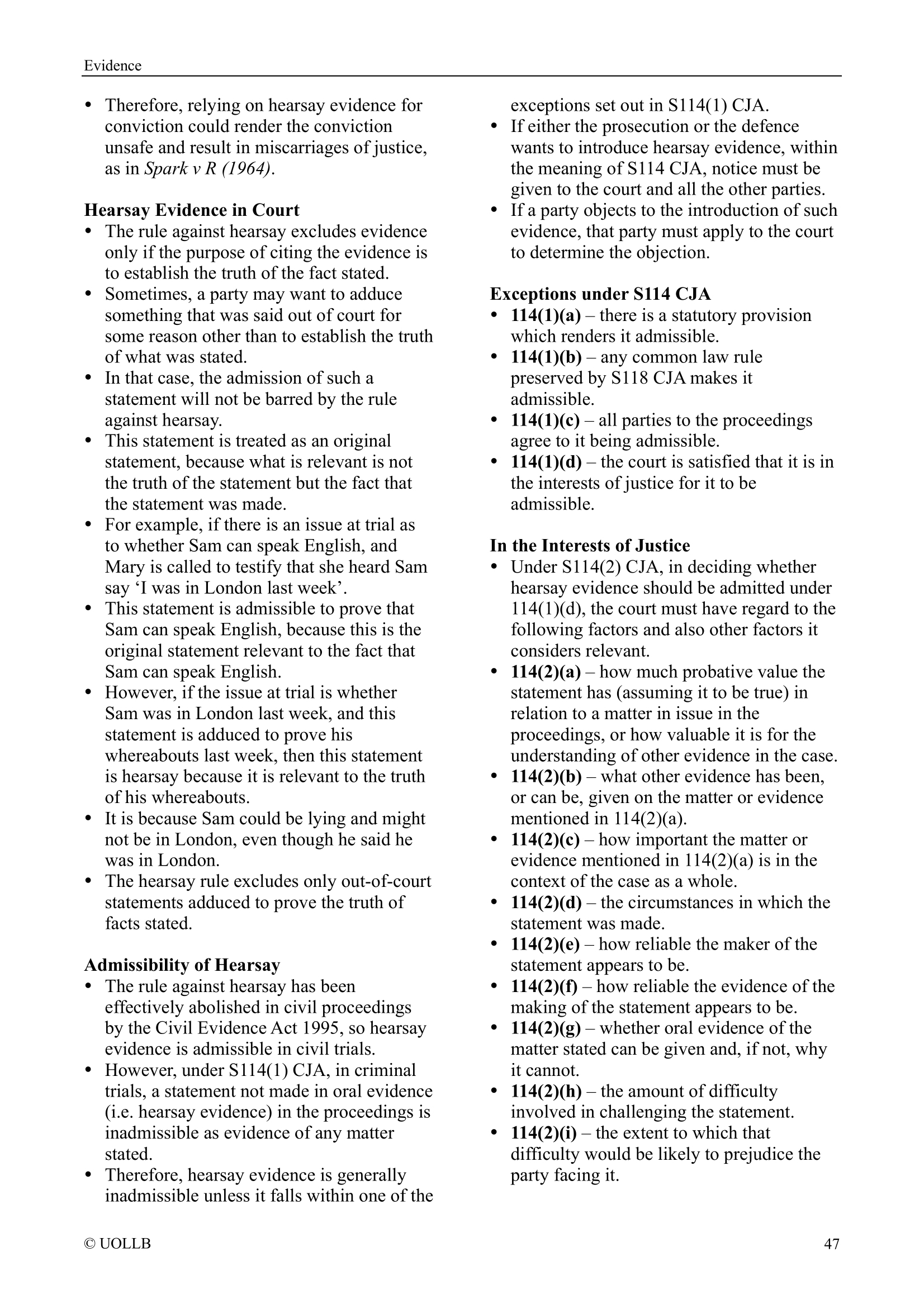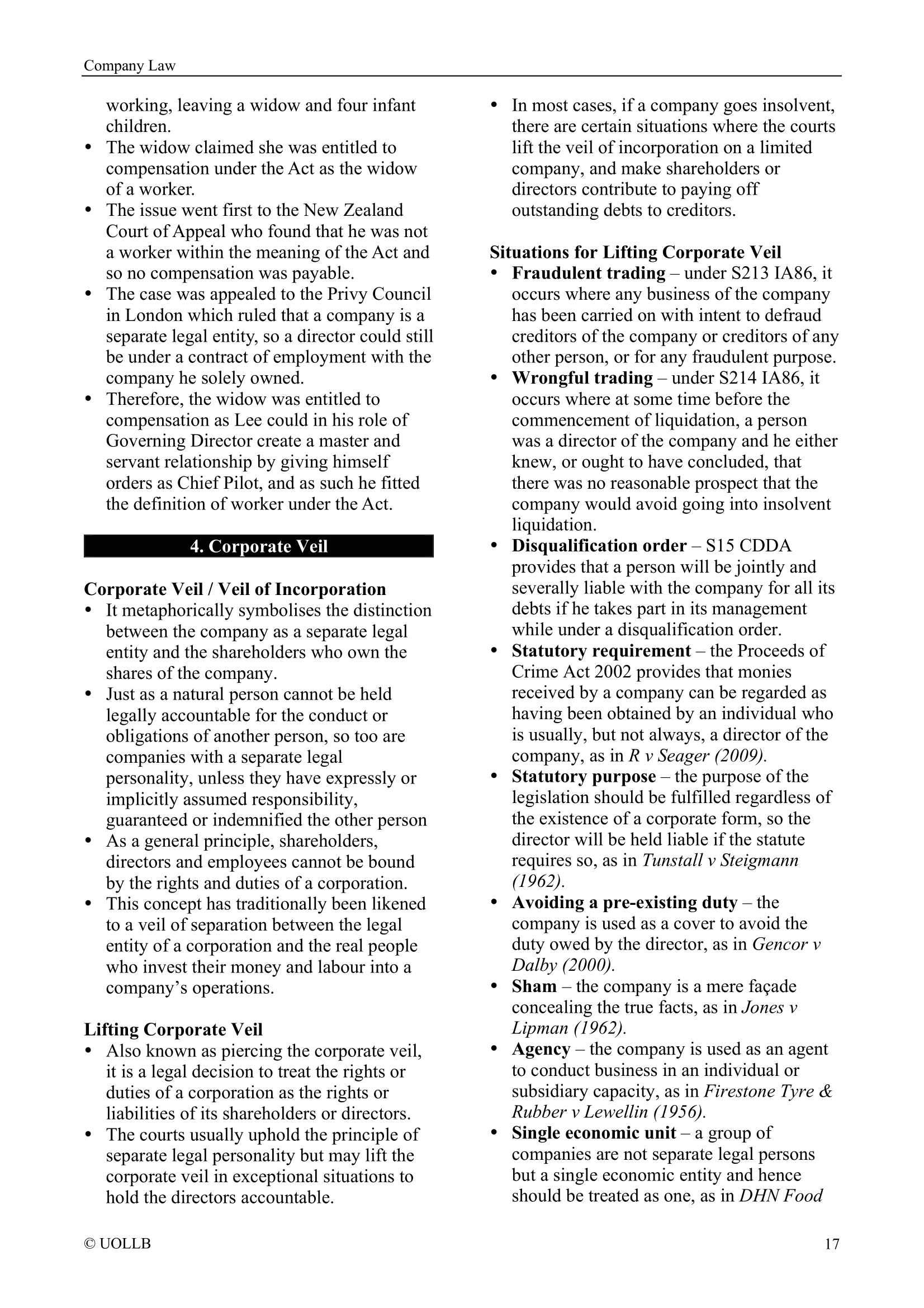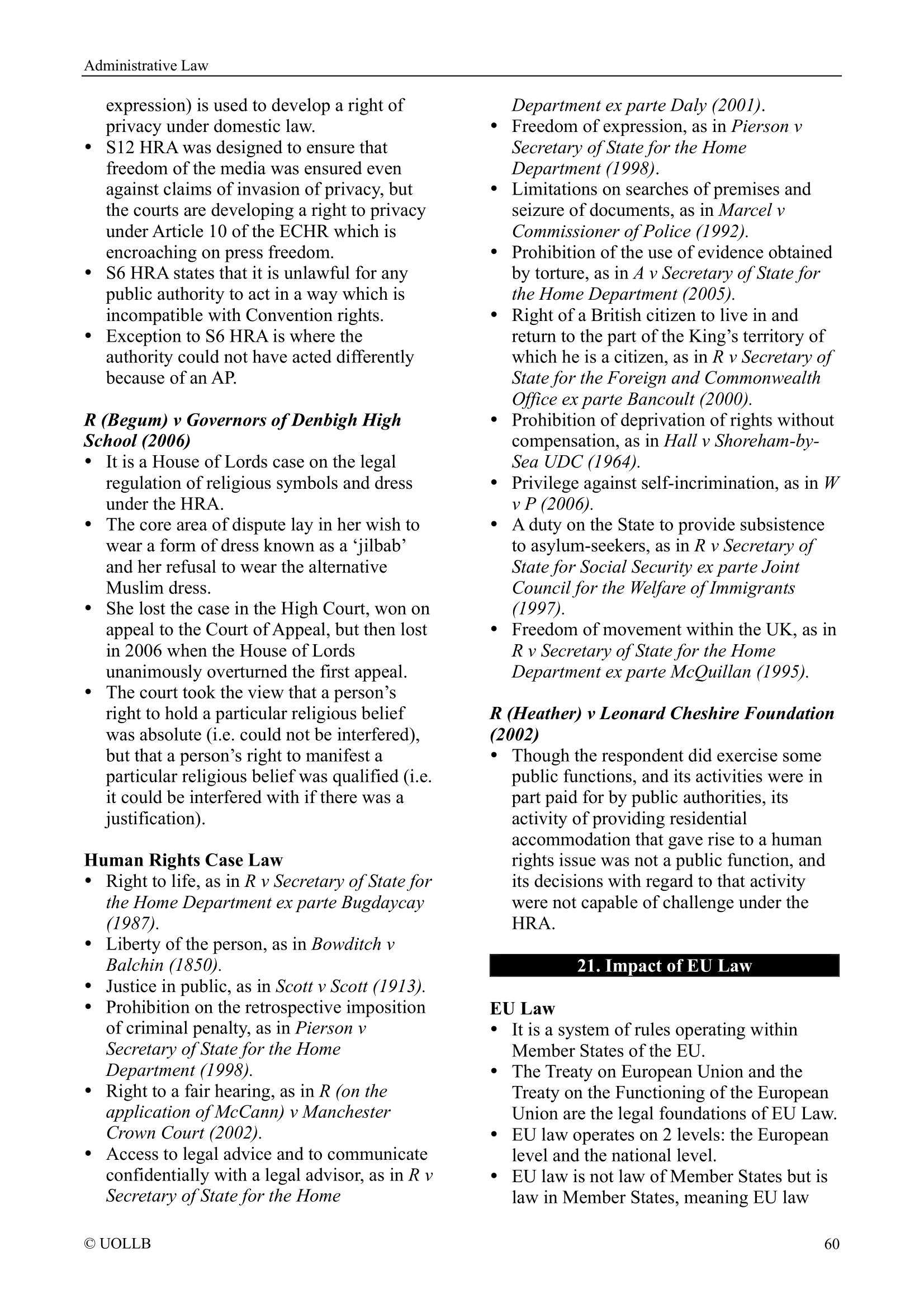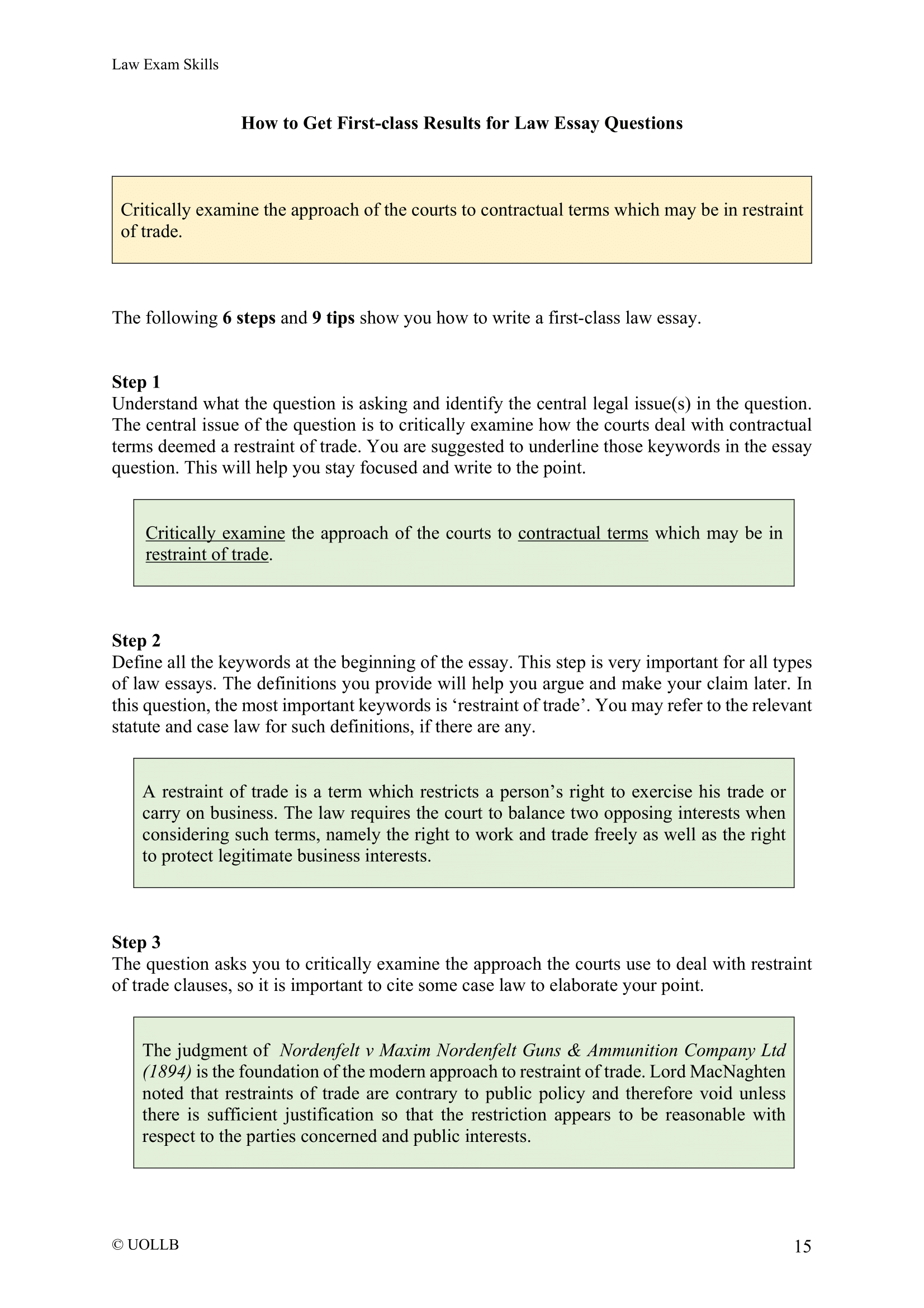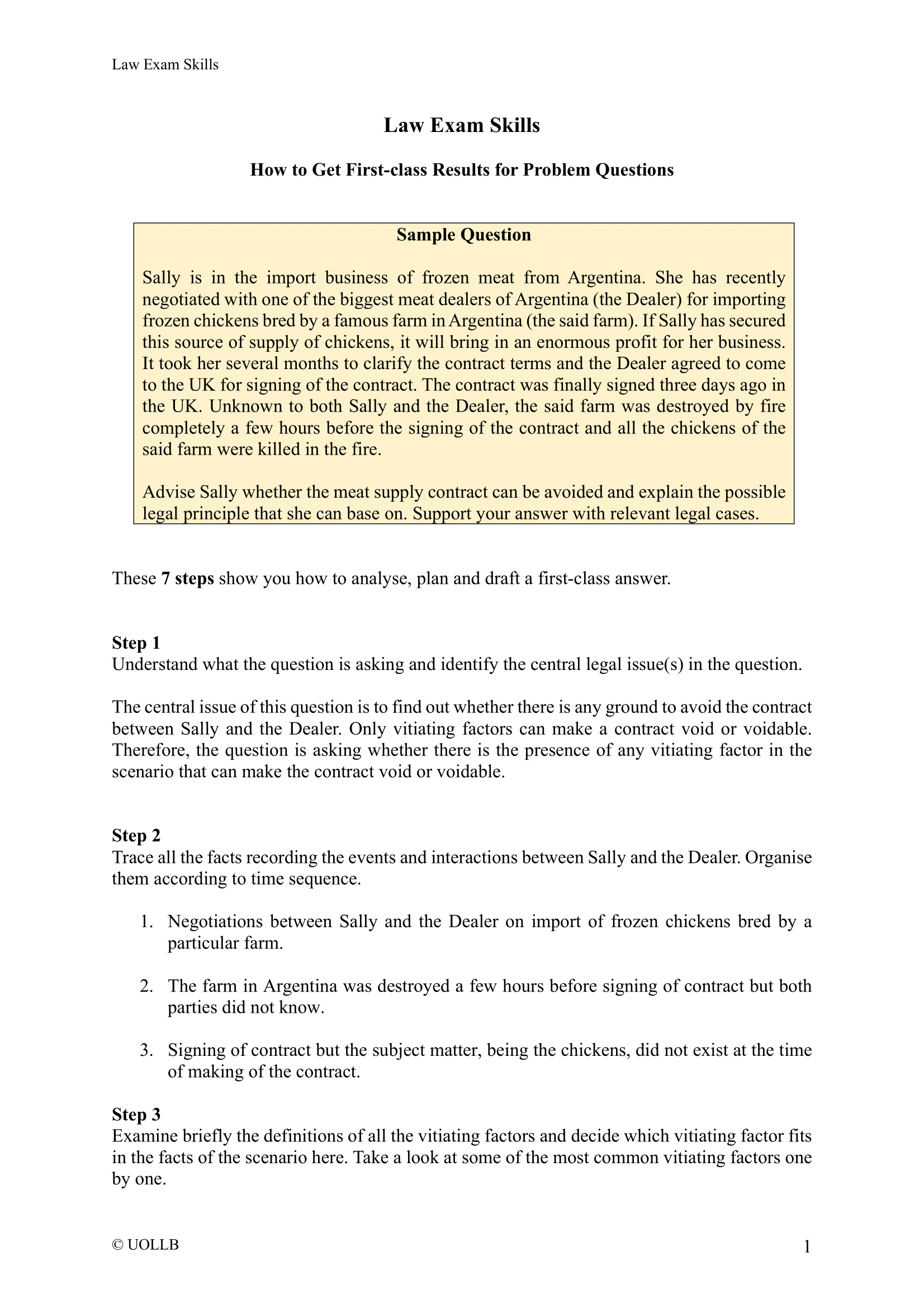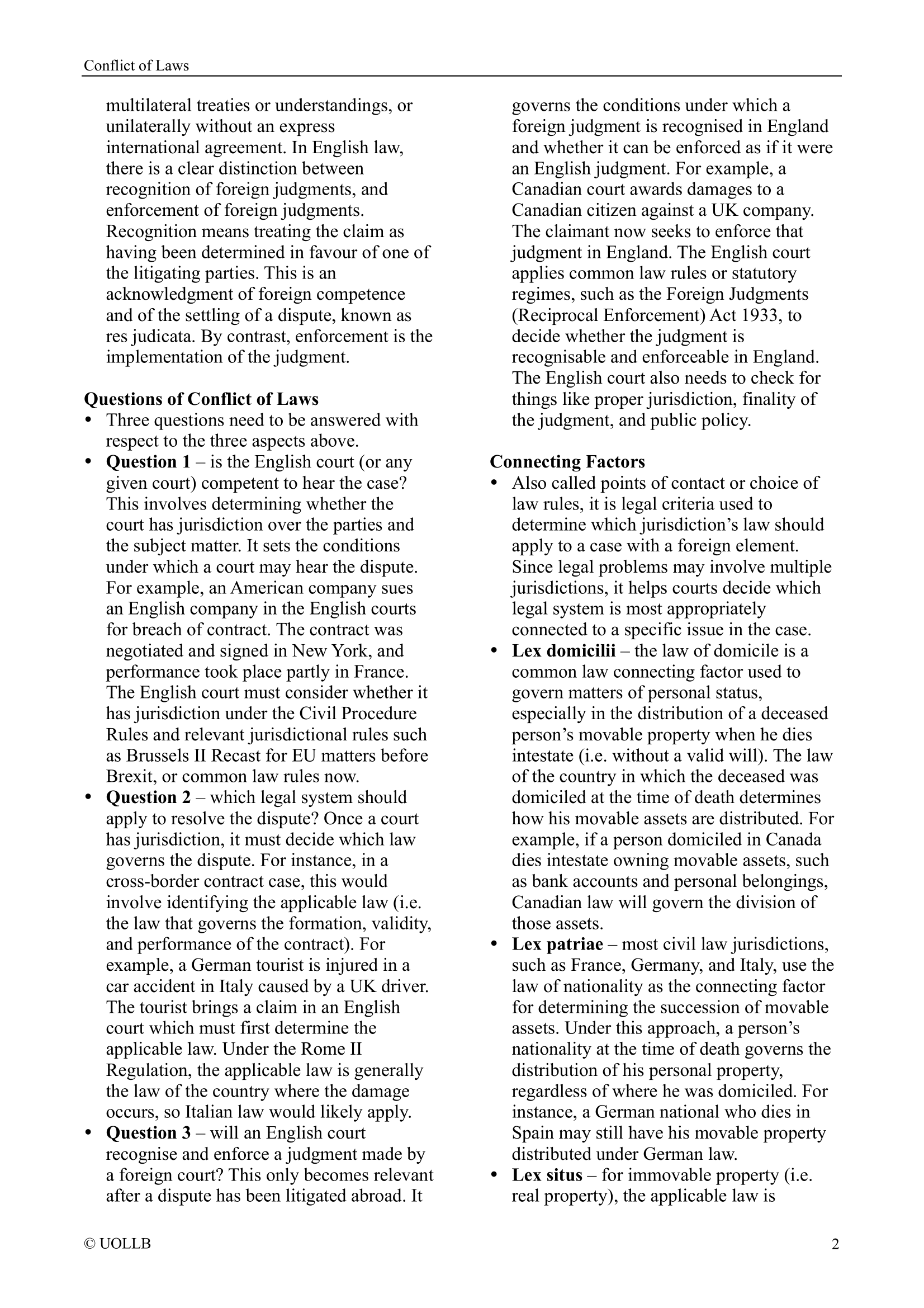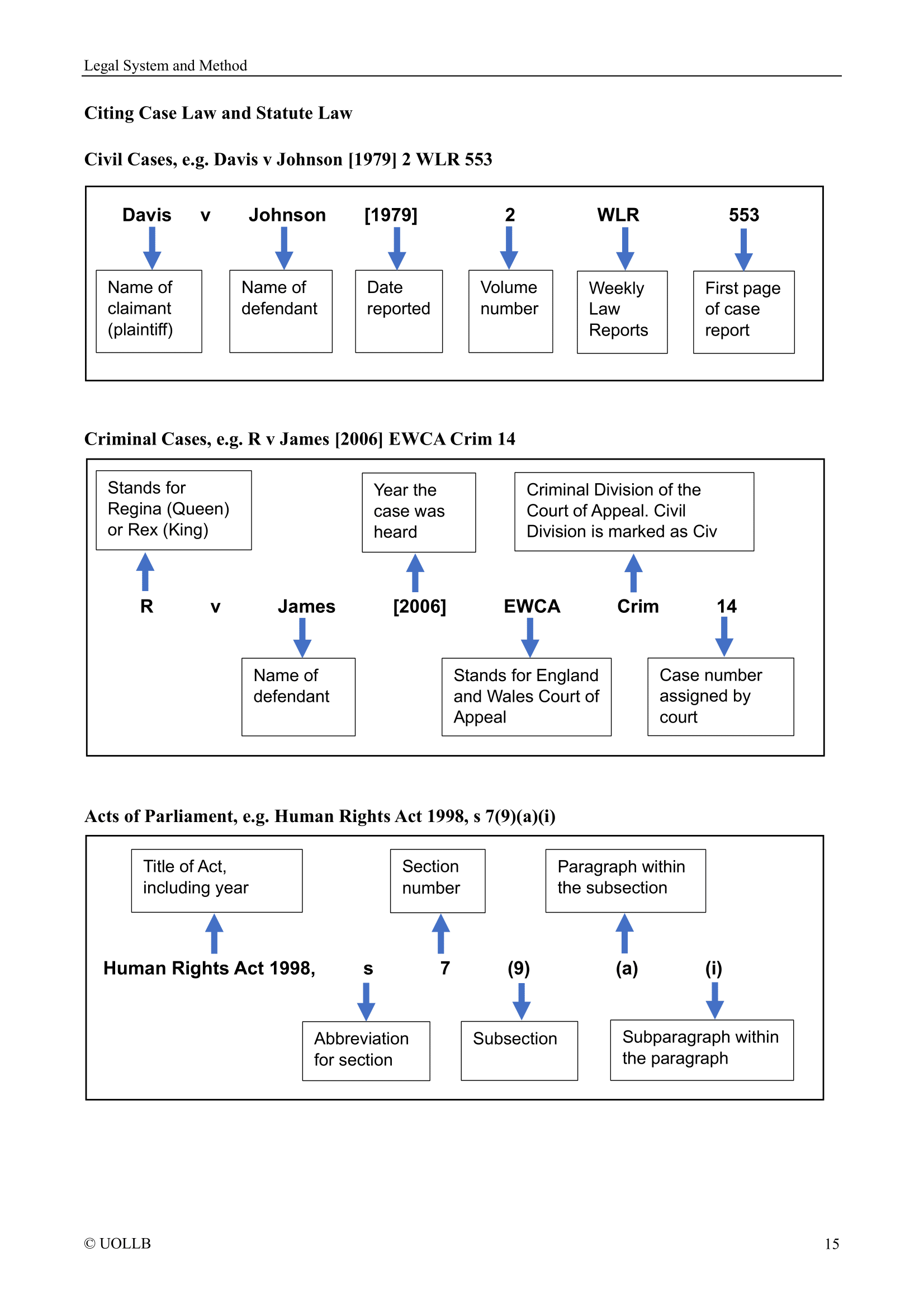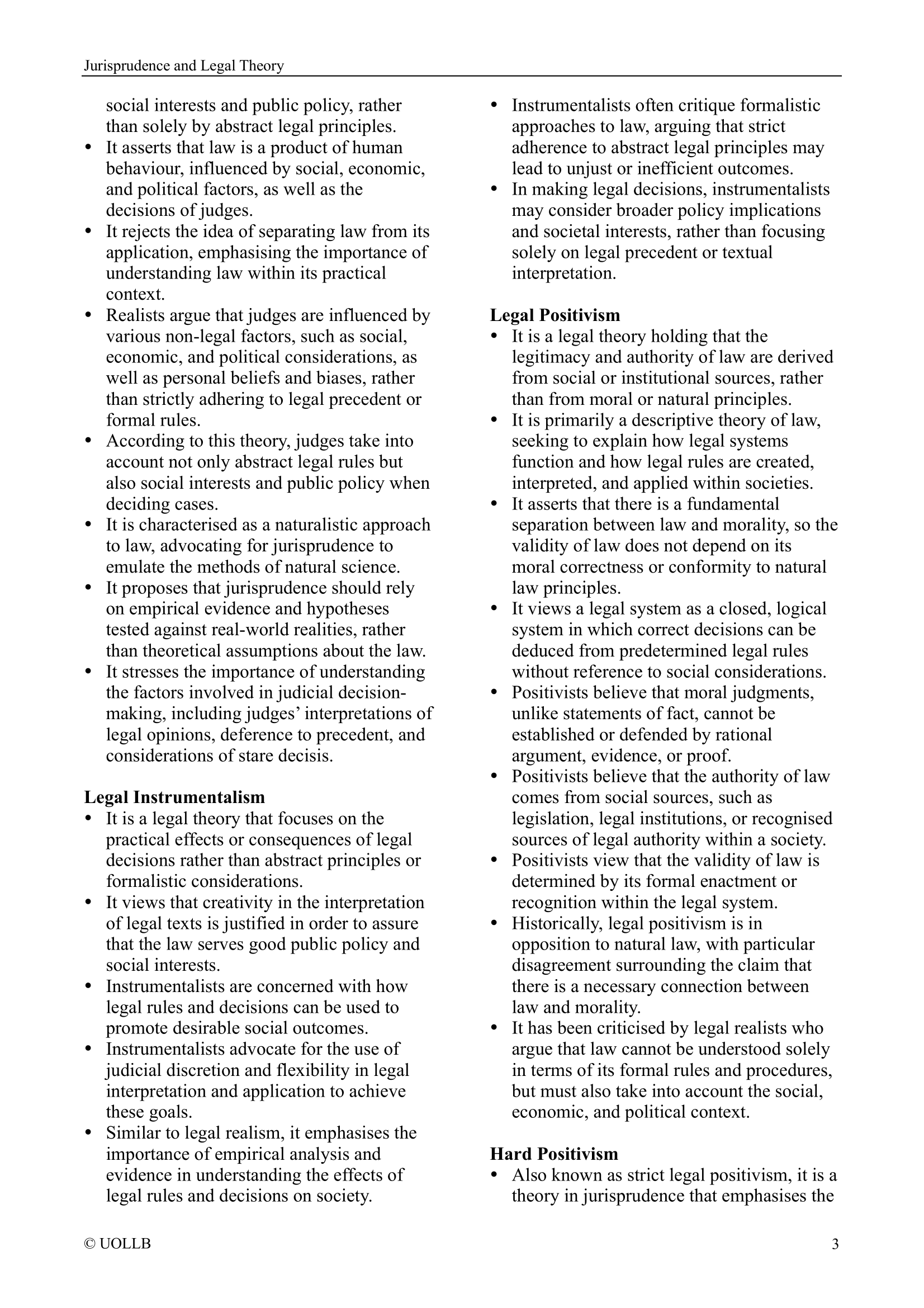Court Dress in England and Wales
Share
Judges
Judges in England and Wales have worn special robes and headgear since at least the Middle Ages. Originally, in the 14th century, judges wore the same dress as Serjeants-at-Law, a prestigious group of lawyers from which common law judges were selected. Their outfit included a long robe, a hood, a tabard, and a white coif (a close-fitting cap). Around 1400, the tabard was replaced by a cloak or mantle, but the white coif remained an enduring symbol of judicial authority. The defining moment in the development of judicial dress came in 1635 when judges at Westminster issued a formal decree known as the Judges’ Rules. These rules specified the robes to be worn on different occasions and laid the foundation for judicial dress codes that remain influential today.
High Court judges, for example, still wear ceremonial garments that closely resemble those described in the 1635 decree. Their full formal attire includes black court breeches, stockings, patent leather shoes with steel buckles, and a scarlet robe, all topped off with a full-bottomed wig. This elaborate costume is typically worn during major ceremonial events, such as the Lord Chancellor’s Breakfast that marks the opening of the legal year. Circuit judges (those who sit in county courts) wear a similar gown, but edged in lilac rather than red, signalling their slightly different judicial role.
However, judicial attire has not been immune to change and debate. In 2008, a new set of robes designed by fashion designer Betty Jackson was introduced for High Court judges. The modern look, intended to be more practical and contemporary, received mixed reviews. A significant number of judges were resistant to the change, with some likening the new robes to ‘Star Trek’ costumes, demonstrating how deeply tradition runs in the legal profession.
Barristers
Barristers have long been associated with distinctive dress. While regulations governing their attire can be traced back to the Elizabethan era, the black gown currently worn by barristers dates from the 18th century. Around the same time, wigs began to be worn not as a fashion statement but as a professional uniform. The style of wigs worn today was introduced in the early 19th century, when Humphrey Ravenscroft patented low-maintenance designs made from white horsehair. These remain the standard for court wigs today.
Some aspects of court dress retain symbolic, rather than practical, significance. For instance, a small indentation on the top of a judge’s wig echoes the coif once worn by Serjeants-at-Law, preserving a link to legal history. Similarly, the black cap once used when pronouncing a death sentence has now been relegated to history, though it was worn ceremonially well into the Victorian period. The barrister’s gown also includes a curious flap of cloth over the left shoulder, which folklore claims was used to collect payment in guineas. In fact, it is a remnant of the mourning gown adopted after the death of King Charles II in 1685. The continuation of this element is thought to reflect an enduring tribute to the monarch who popularised wigs in England.
Solicitors
Solicitors, historically distinguished from barristers in both role and appearance, now share more similarities in court dress than ever before. Since 2008, solicitor advocates have been permitted to wear wigs in court, as per Practice Direction (Court Dress) (No 4) [2008] 1 WLR 357. Their gowns are slightly different from barristers' in design, but the convergence of dress signals a broader shift toward professional parity. Furthermore, solicitors who are appointed as King’s Counsel (a rank traditionally reserved for senior barristers) may wear the same ceremonial and court dress as a barristerial KC, complete with silk robes and full wigs.
